What is the purpose of the Pre Trip Inspection Checklist form?
The Pre Trip Inspection Checklist form is used primarily to ensure that vehicles are in a safe and operational condition before they are used for any trip. This form helps identify any defects or safety concerns that could potentially lead to accidents or mechanical failures during operation, aiming to protect both the driver and the public.
Who is required to fill out the Pre Trip Inspection Checklist form?
Typically, the primary responsibility for completing the Pre Trip Inspection Checklist form falls upon the driver of the vehicle. However, there are circumstances where a designated inspector or mechanic may be required or permitted to perform this inspection instead, depending on the organization's policies or applicable regulations.
What are the key components that should be included in a Pre Trip Inspection?
A comprehensive Pre Trip Inspection Checklist should include an examination of the vehicle's brakes, steering mechanism, lights and reflectors, tires, horn, wipers, mirrors, fuel and exhaust systems, coupling devices, and emergency equipment. Each of these components plays a crucial role in ensuring the vehicle's safe operation.
How often should the Pre Trip Inspection be conducted?
The Pre Trip Inspection should be conducted before each trip to ensure that any changes or issues that may have arisen since the last operation are identified and addressed. For vehicles that are used multiple times throughout the day, inspections should be conducted before the first trip and may be required at various points throughout the day based on company policy or regulatory mandates.
What should be done if a problem is found during the Pre Trip Inspection?
If a problem is found during the Pre Trip Inspection, it is crucial to report the issue to the appropriate supervisor or maintenance department immediately. The vehicle should not be used until the defect has been properly repaired and the vehicle is deemed safe for operation. This ensures compliance with safety standards and prevents potential accidents.
Is the Pre Trip Inspection Checklist form required by law?
In many cases, yes, the Pre Trip Inspection Checklist form is required by federal and state laws, particularly for commercial vehicles. Regulatory bodies, such as the Department of Transportation, have specific requirements regarding vehicle inspections to ensure road safety. However, the precise legal requirements may vary depending on the type of vehicle and area of operation.
How should the Pre Trip Inspection Checklist form be stored?
Completed Pre Trip Inspection Checklists should be stored according to the organization's policy and applicable regulatory requirements. Typically, records should be kept for a specified period to provide a history of the vehicle's condition and maintenance. Electronic storing of forms is increasingly common due to its efficiency and accessibility.
Can digital forms be used for Pre Trip Inspections?
Yes, digital forms are increasingly being used for Pre Trip Inspections due to their efficiency, ease of use, and the ability to quickly share and store data. Digital forms also facilitate real-time updates and can be integrated with other management systems to streamline operations. However, it is important to ensure that the usage of digital forms is in compliance with applicable regulations and company policies.

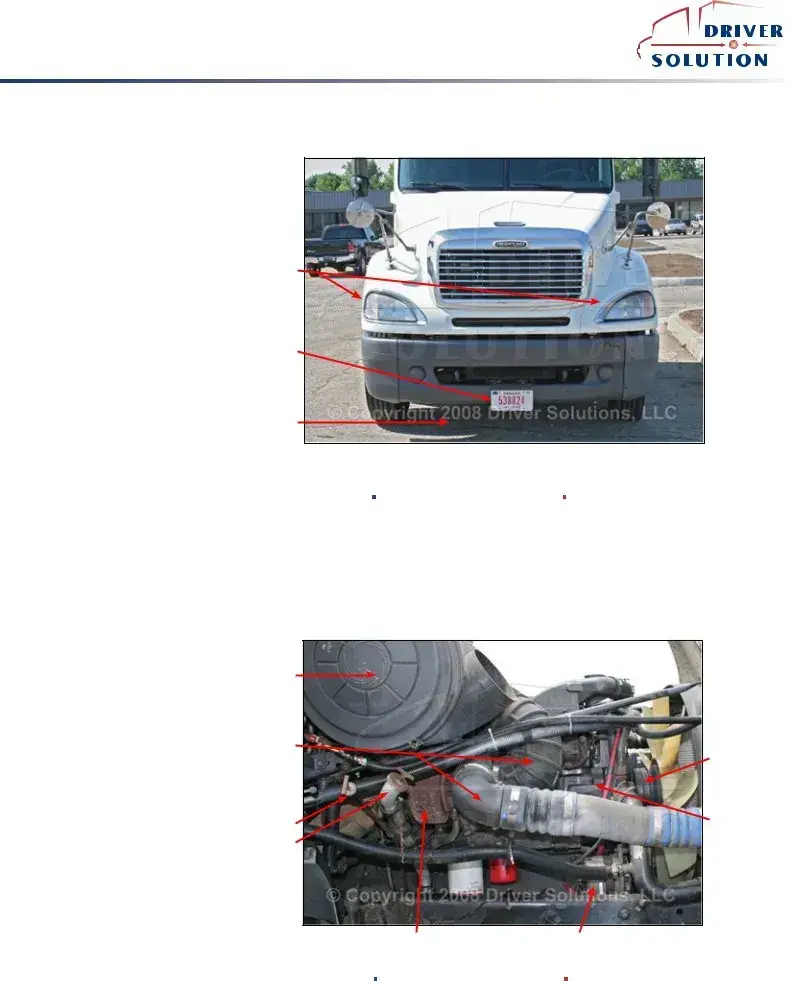
 ®
®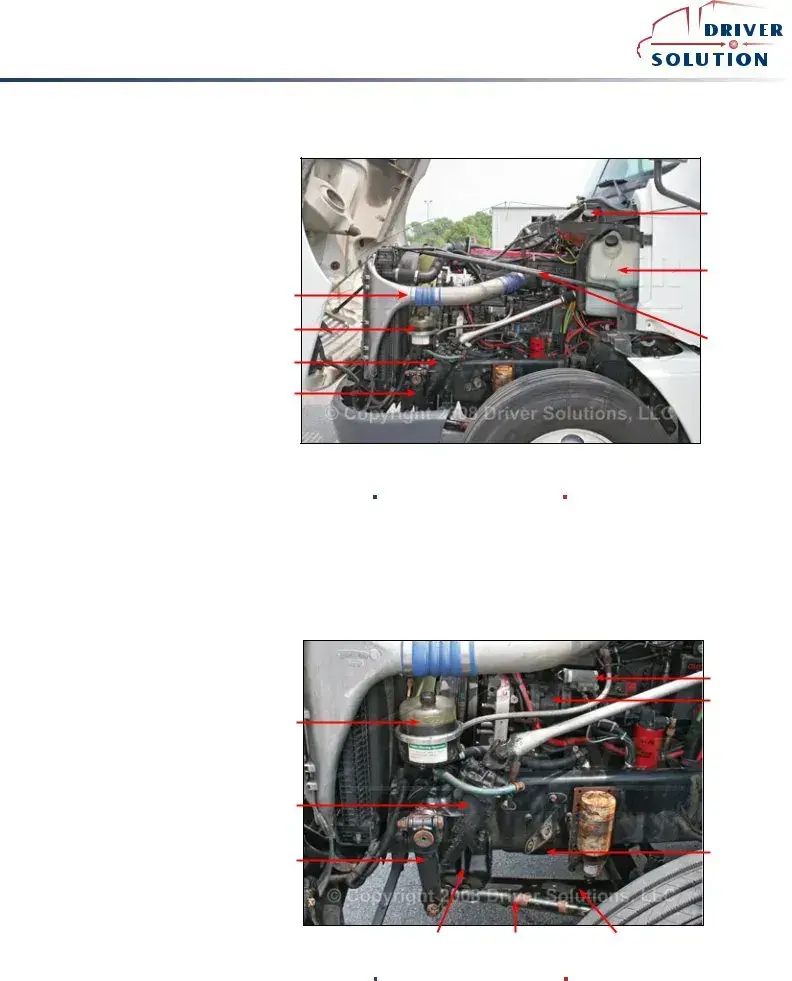
 ®
®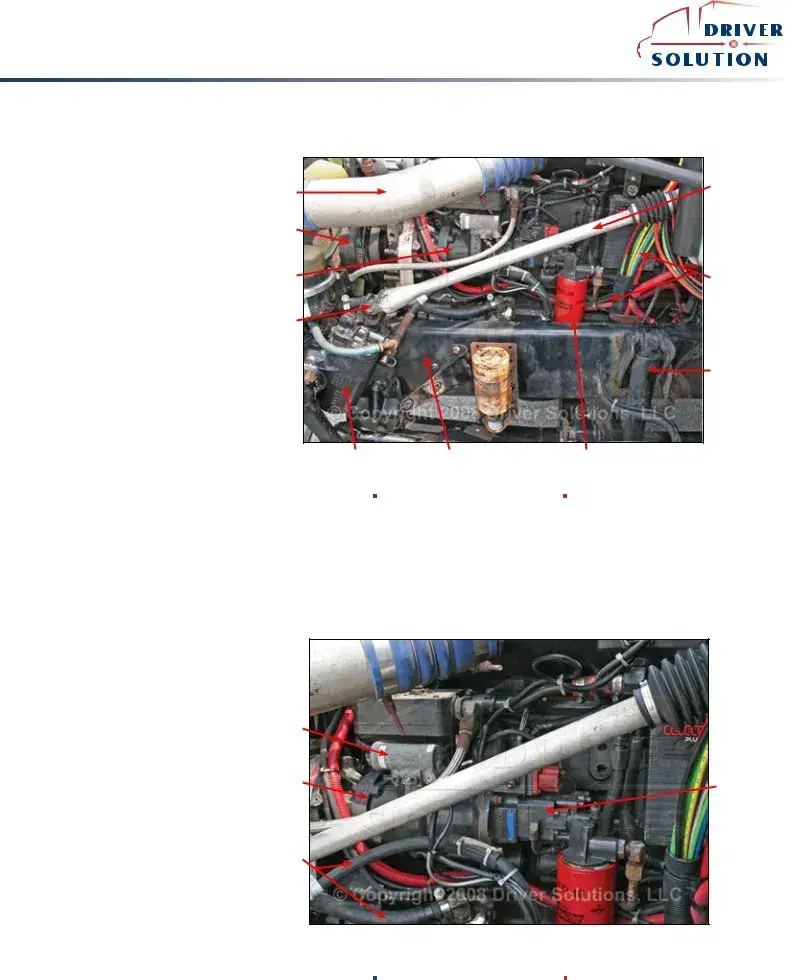
 ®
®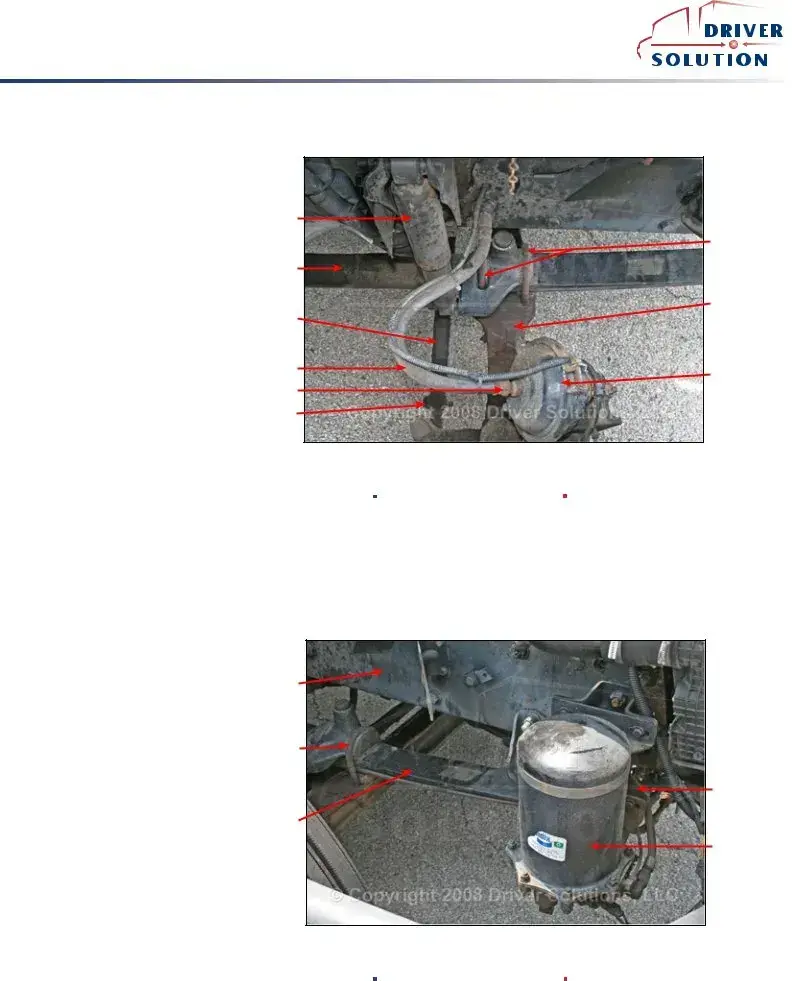
 ®
®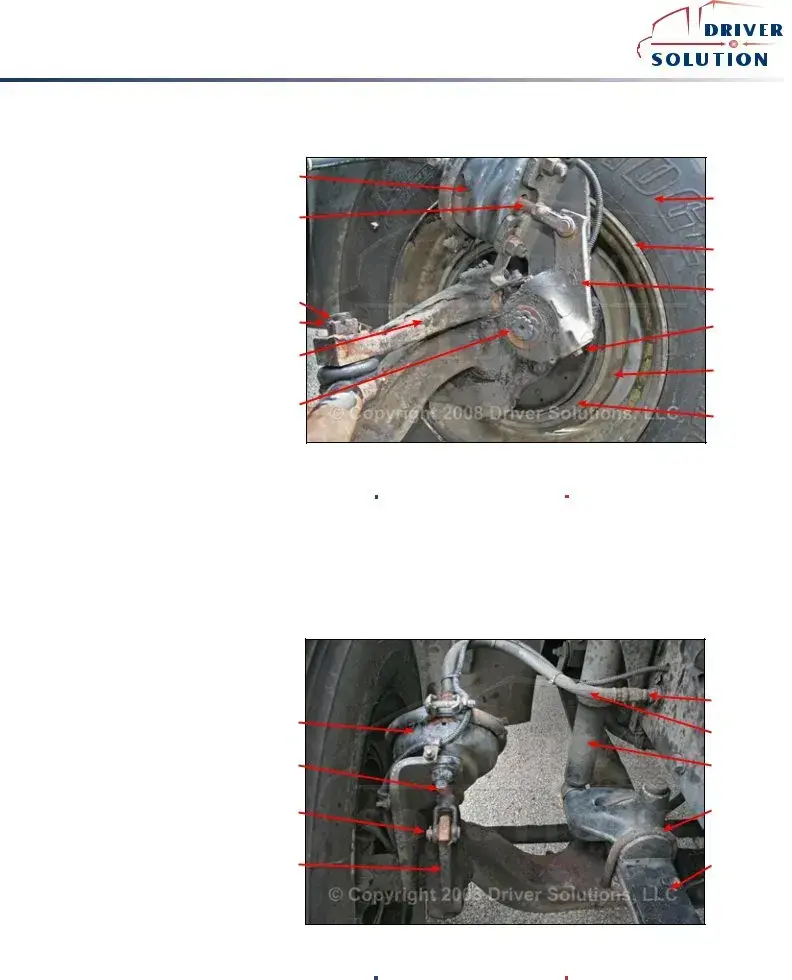
 ®
®
 ®
®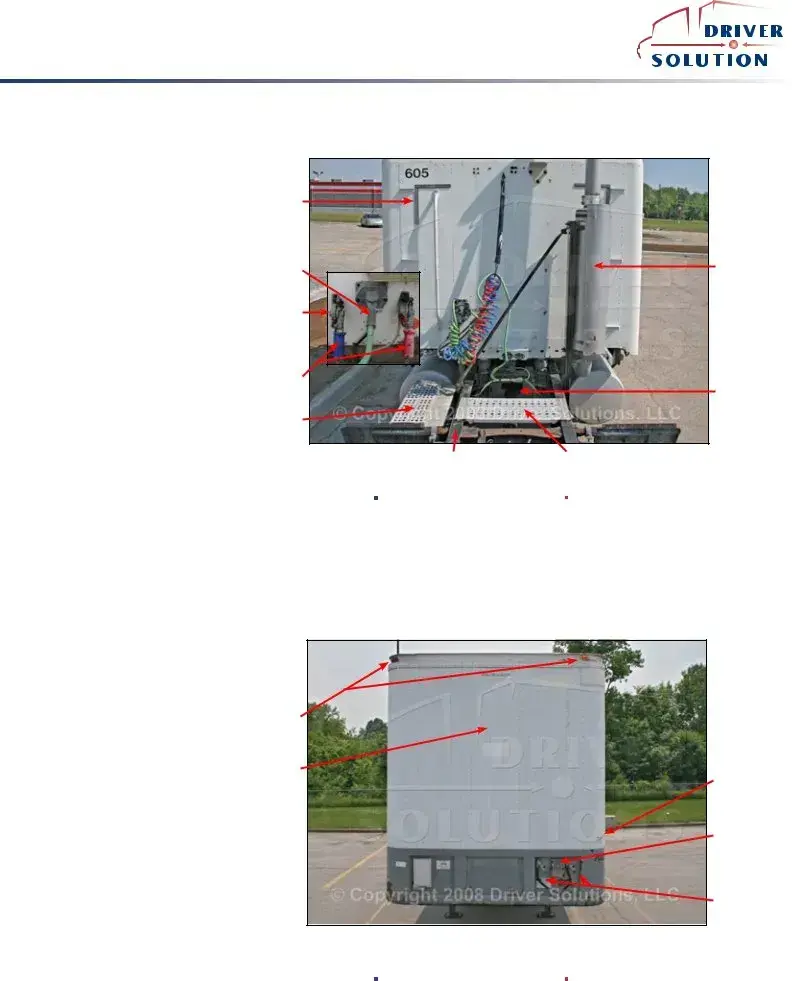
 ®
®
 ®
®
 ®
®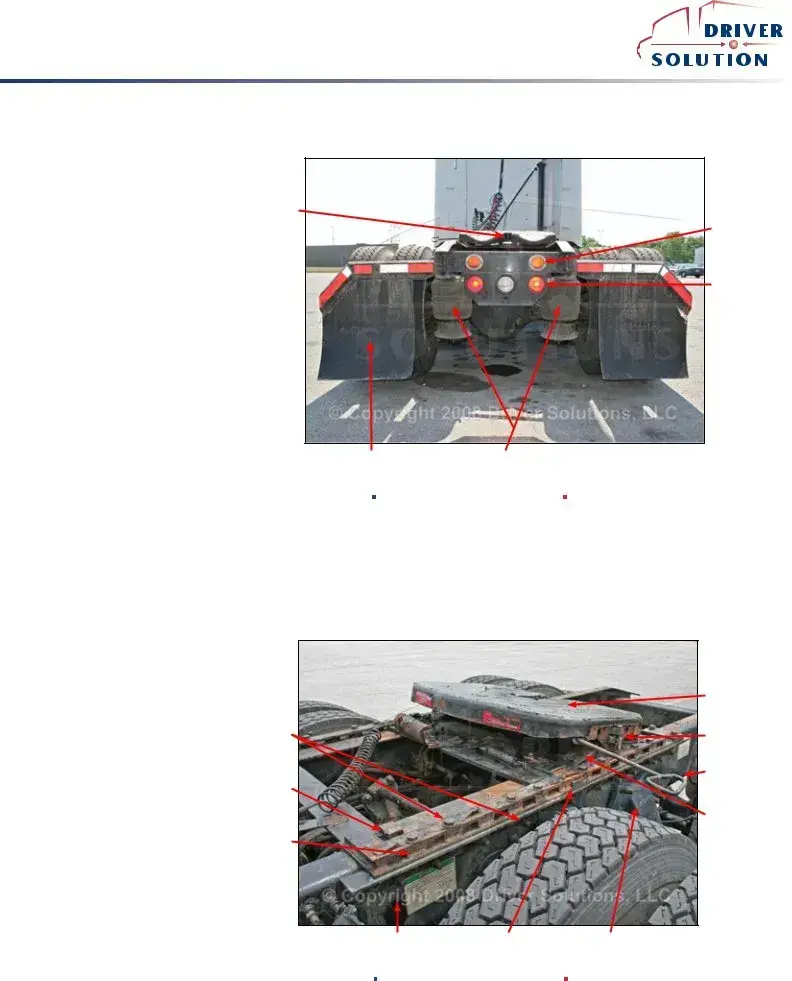
 ®
®